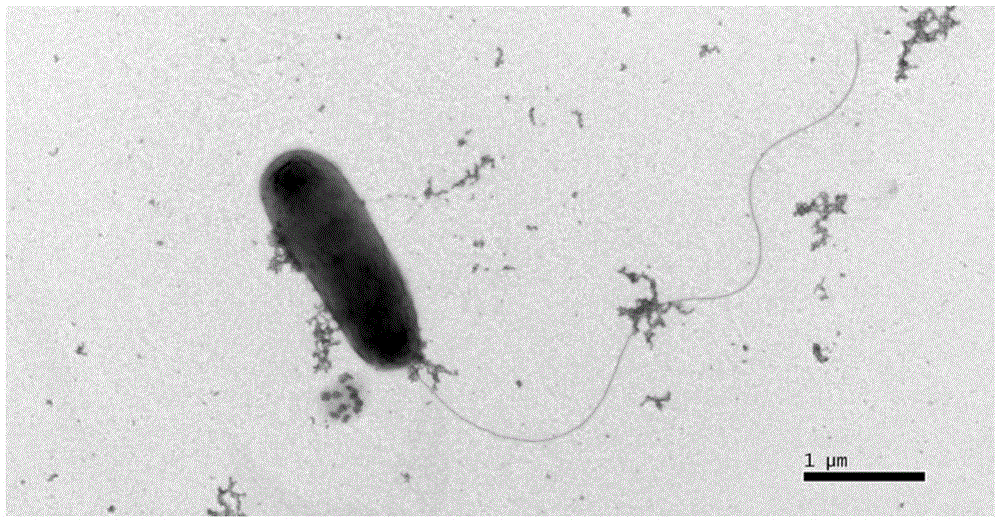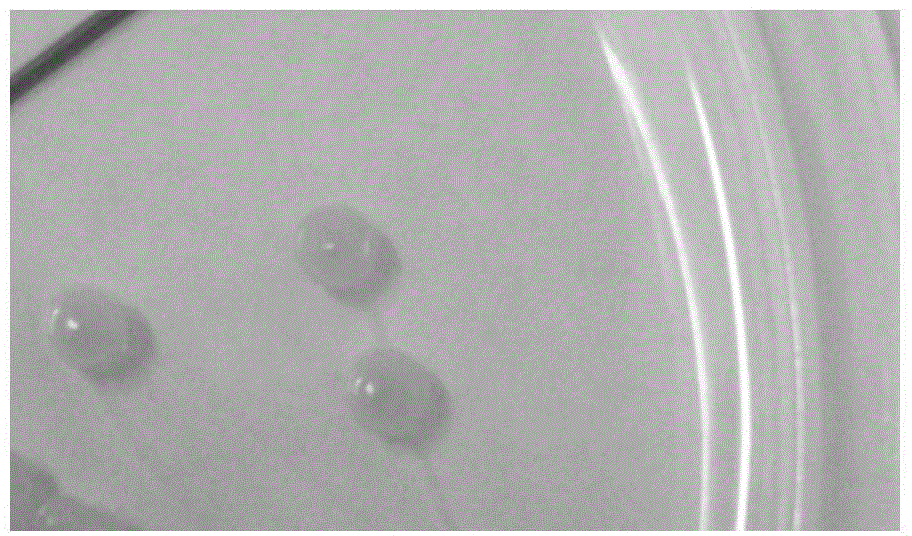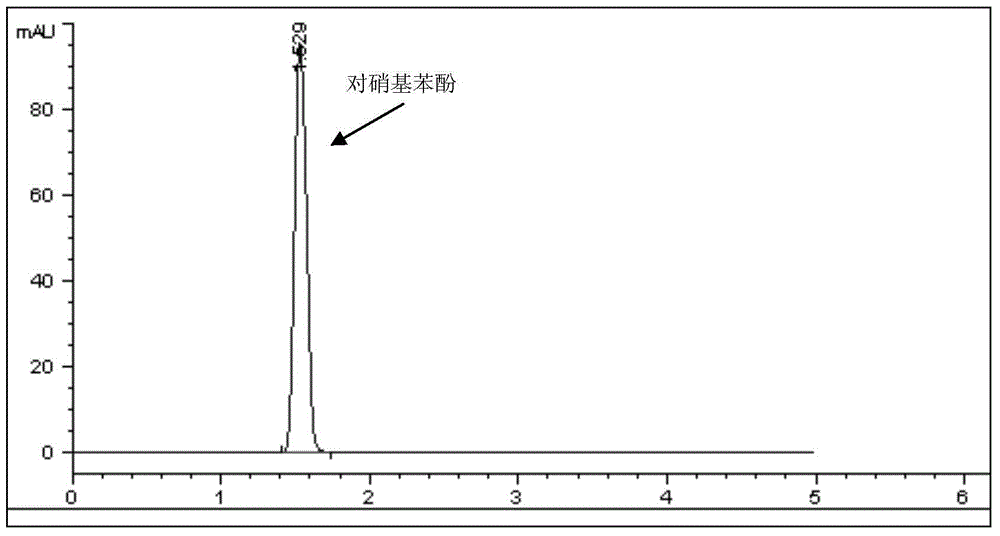Arthrobacter and application thereof
A technology of Arthrobacter genus and bacteria, applied in Arthrobacter YC-RL1 and its application field, can solve the problem of low dissolved oxygen and achieve good economic value and application prospect
- Summary
- Abstract
- Description
- Claims
- Application Information
AI Technical Summary
Problems solved by technology
Method used
Image
Examples
Embodiment 1
[0030] The isolation and identification of embodiment 1 Arthrobacter YC-RL1
[0031] 1. Isolation of strains
[0032] Activated sludge samples were collected at the outfall of Shandong Huayang Pesticide Factory (Tai'an City, Shandong Province). Under aseptic conditions, 5g of activated sludge samples were inoculated into 100mL of inorganic salt ion medium containing 50mg / L fluorene, and cultured at 30°C and 180rpm. After every 7 days of culture, transfer 10% of the culture volume to fresh inorganic salt medium, and increase the concentration of fluorene by 100mg / L each time, and transfer 5 times continuously until the concentration of fluorene in the inorganic salt medium increases to 300mg / L.
[0033] Gradiently dilute the acclimatized bacterial solution by 10 with sterile water -5 、10 -6 、10 -7 Afterwards, they were respectively spread on inorganic salt medium plates containing 100 mg / L fluorene, and cultured in a 30° C. incubator for 7 days. Pick a single colony on t...
Embodiment 2
[0042] The degradation performance test of embodiment 2 joint bacillus YC-RL1
[0043] 1. Degradation of naphthalene, fluorene, biphenyl, 1,2,3,4-tetrachlorobenzene and p-nitrophenol by Arthrobacter YC-RL1
[0044] Simultaneous degradation of naphthalene, fluorene, biphenyl, 1,2,3,4-tetrachlorobenzene and p-nitrophenol in inorganic salt medium by Arthrobacter YC-RL1 detected by high performance liquid chromatography , biphenyl, 1,2,3,4-tetrachlorobenzene and p-nitrophenol concentration tolerance.
[0045] Inoculate strain YC-RL1 into liquid LB medium for activation, and cultivate to logarithmic growth phase OD 600 =0.8, according to the inoculum size of 10% by volume, inoculate in the inorganic salt medium containing naphthalene, fluorene, biphenyl, 1,2,3,4-tetrachlorobenzene and p-nitrophenol each 100mg / L mixture simultaneously, As a treatment group, the inorganic salt medium containing naphthalene, fluorene, biphenyl, 1,2,3,4-tetrachlorobenzene and 100 mg / L mixture of p-ni...
Embodiment 3
[0059] Application of embodiment 3 Arthrobacter YC-RL1 in soil remediation
[0060] The soil used in this study was obtained from the Ximen Garden soil of the Chinese Academy of Agricultural Sciences. Arthrobacter YC-RL1 was cultured in LB liquid medium to the logarithmic phase (OD600=0.8, the cell concentration was about 2×10 8 CFU / mL), adding the prepared bacterial solution to the soil to a final concentration of 1×10 4 , 5×10 4 , 1×10 5 , 5×10 5 , 1×10 6 and 5×10 6 CFU / g soil (each processing is 100g soil), and adding naphthalene, fluorene, biphenyl, 1,2,3,4-tetrachlorobenzene and p-nitrophenol to the respective concentration is 100mg / kg respectively in the soil, As a treatment group; at the same time, the soil with the same concentration of pollutants and no bacteria was added under the same conditions as a control group, and the finally obtained culture system (treatment group and control group) was fully mixed. The samples were cultured in a constant temperature a...
PUM
 Login to View More
Login to View More Abstract
Description
Claims
Application Information
 Login to View More
Login to View More - R&D
- Intellectual Property
- Life Sciences
- Materials
- Tech Scout
- Unparalleled Data Quality
- Higher Quality Content
- 60% Fewer Hallucinations
Browse by: Latest US Patents, China's latest patents, Technical Efficacy Thesaurus, Application Domain, Technology Topic, Popular Technical Reports.
© 2025 PatSnap. All rights reserved.Legal|Privacy policy|Modern Slavery Act Transparency Statement|Sitemap|About US| Contact US: help@patsnap.com



